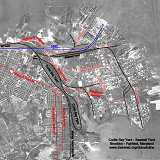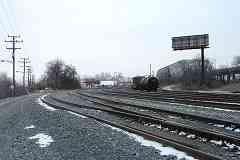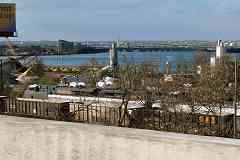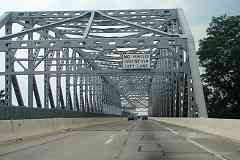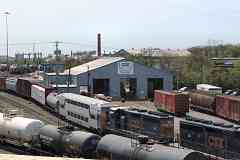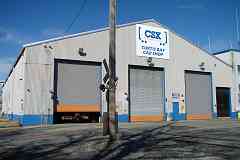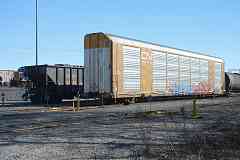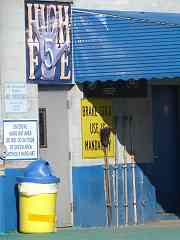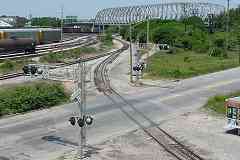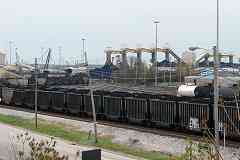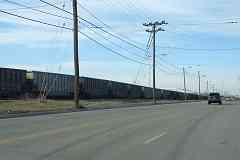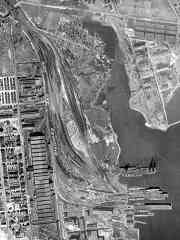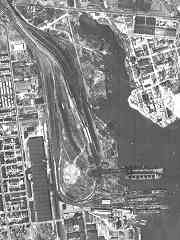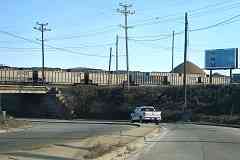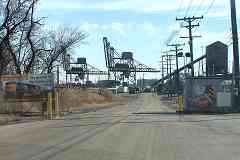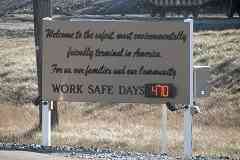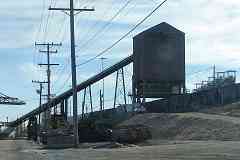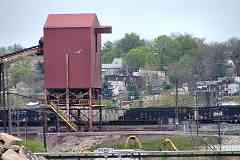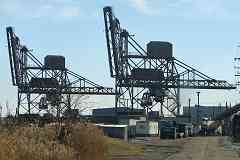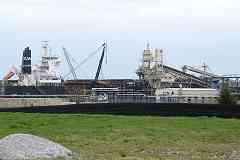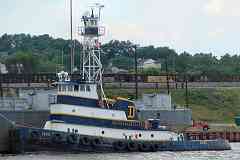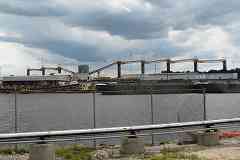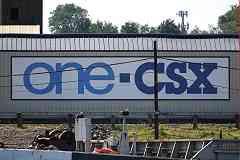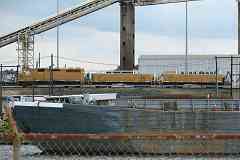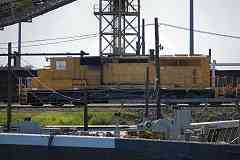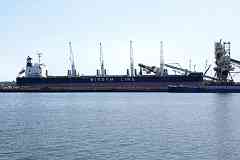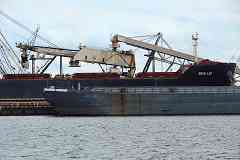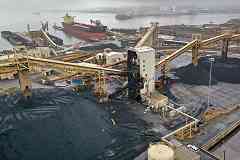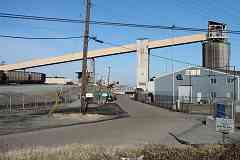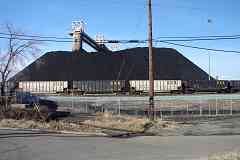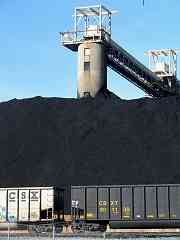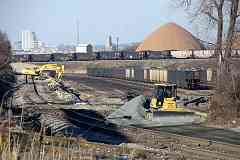|
Efforts to see railroad action from the I-895 bridge are poor westbound, and
marginal eastbound, instead one needs to navigate and explore via the local
roads. It's cheaper, too, since there's no way to cross this span without
paying the Harbor Tunnel toll, $4 each way as of 2015, ten times what it was
when the Harbor Tunnel Thruway opened Thanksgiving Weekend 1957. Yes, the
opening was 72 hours too late to handle the pre-turkey day travel crunch.
The $4 toll is roughly in line with inflation since 1957, however the bonds
that paid for tunnel construction should have been fully repaid years ago.
Now where is that money going?
I-895 is chronically underutilized due to the toll and due to the intentional
lack of exit ramps, a design that perhaps made sense in 1950, but that is
now outdated. Meanwhile, the nearby I-695 Beltway is routinely overloaded,
and its interchange with I-95 difficult. An entry ramp from I-695's inner loop
to westbound I-895 south of Hollins Ferry Road would ease that congestion.
Also inexpensive since no elevated roadway is needed would be exit ramps from
eastbound I-895 to Hammonds Ferry Road as well as to eastbound Patapsco Avenue.
|
